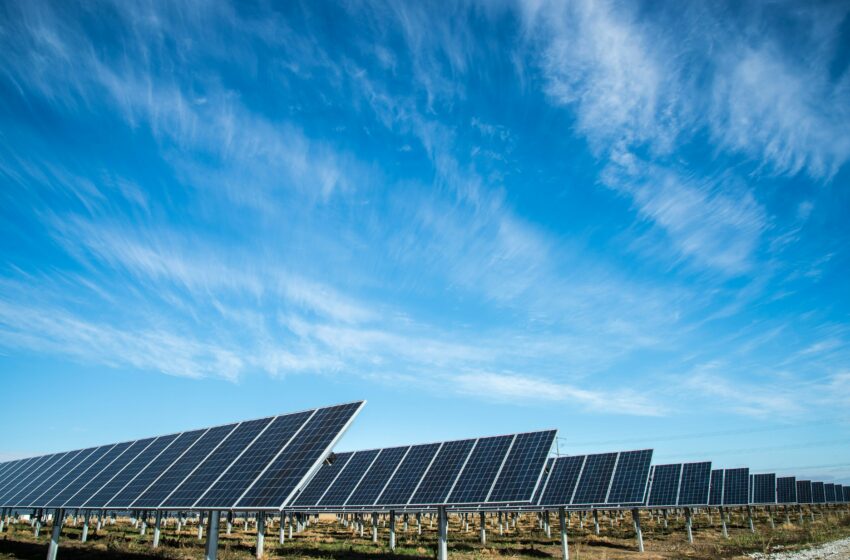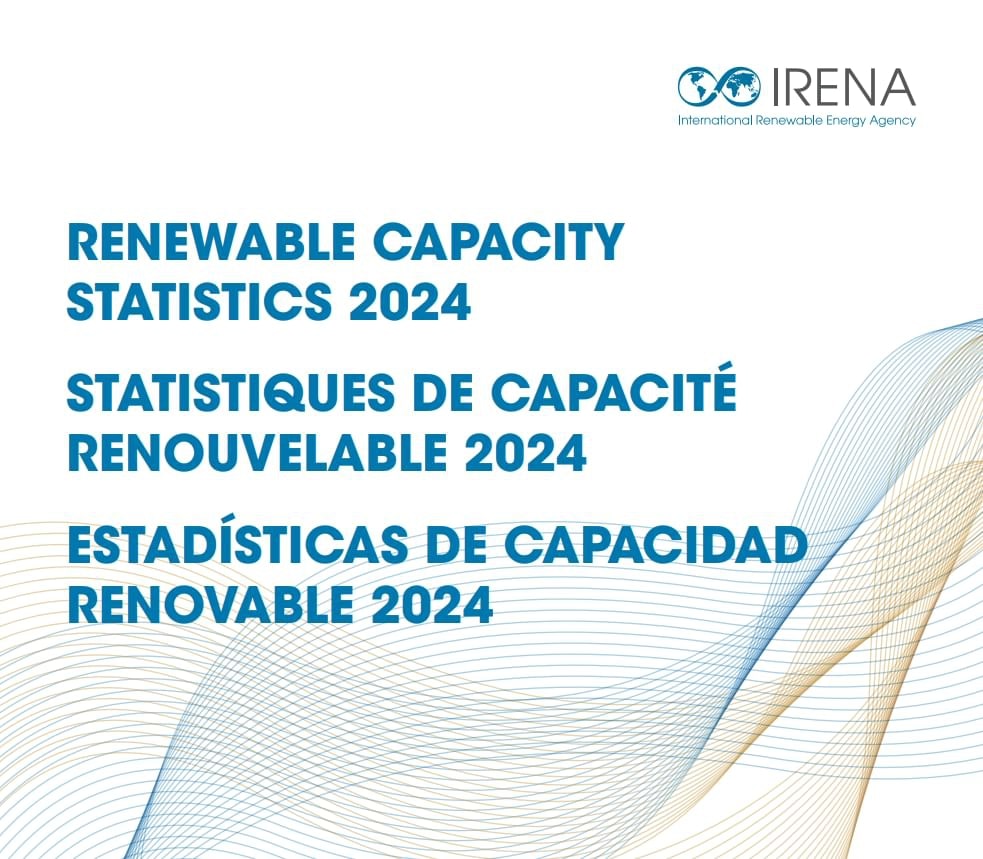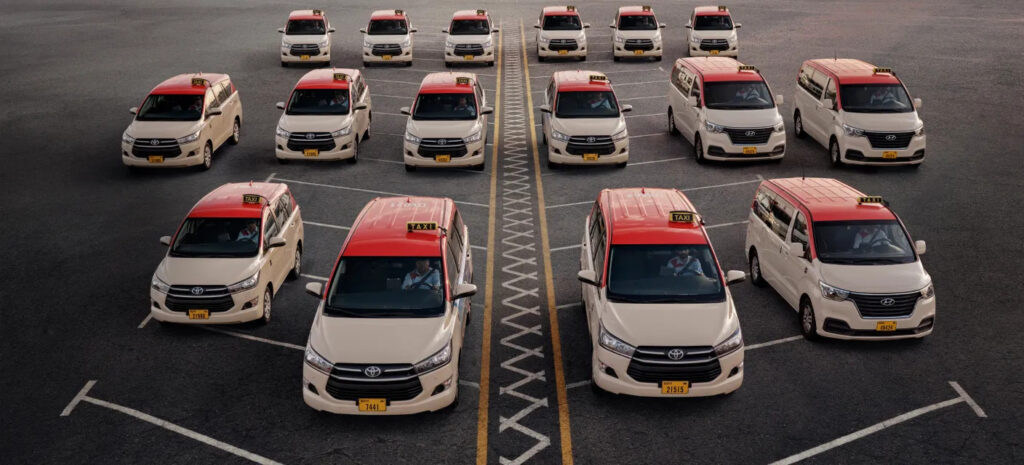
globalbizmag.com
Renewables Accounted 43% of Total Installed Power Capacity in 2023: IRENA
The UAE-based International Renewable Energy Agency (IRENA) has said that renewables accounted for 43% of global installed power capacity in 2023.
In its new report entitled “Renewable Capacity Statistics 2024,” IRENA said that the past year saw the largest increase in renewable energy capacity to date – with the addition of 473 gigawatts (GW) of renewables – expanding the stock of renewable power by 13.9%.
Renewables accounted for a record 86% of global power additions, largely due to significant growth in solar and wind power. Solar power alone accounted for nearly three-quarters of renewable additions, with a record 346 GW, while 116 GW of wind energy was added. However, this growth in renewables is unevenly distributed across the world, indicating a trend far from the tripling renewable power target by 2030.
The 473 GW of renewables expansion was led once again by Asia with a 69% share (326 GW). This growth was driven by China, whose capacity increased by 63%, reaching 297.6 GW. On the whole, the total capacity of 3,870 GW globally.
Despite these unprecedented renewable additions in 2023, the world is still falling short of what is required to achieve the goal adopted at COP 28 to triple installed renewable power capacity by 2030 to reach 11 TW, the report said.
“With one less year to meet the goal, the world now needs additions of some 1,050 GW each year for the rest of this decade to keep the world on a 1.5°C pathway in accordance with the World Energy Transitions Outlook 1.5°C scenario,” the report said.
This also reflects a glaring gap with other regions, leaving a vast majority of developing countries behind, despite massive economic and development needs. Even though Africa has seen some growth, it paled in comparison with an increase of 4.6%, reaching a total capacity of 62 GW.
IRENA Director-General, Francesco La Camera said that this extraordinary surge in renewable generation capacity shows that renewables are the only technology available to rapidly scale up the energy transition aligned with the goals of the Paris Agreement.
Nevertheless, the data also serves as a tell-tale sign that progress is not moving fast enough to add the required 7.2 TW of renewable power within the next seven years, in accordance with IRENA’s World Energy Transitions Outlook 1.5°C scenario, he explained.
“Policy interventions and a global course-correction are urgently needed to effectively overcome structural barriers and create local value in emerging market and developing economies, many of which are still left behind in this progress. The patterns of concentration in both geography and technology threaten to intensify the decarbonisation divide and pose a significant risk to achieving the tripling target,” he added.

Factors Driving RE Growth
For China, solar and wind’s increasing competitiveness against coal and gas power generation became the key driver of renewable power development. Meanwhile in the EU, enhanced policy focus and heightened energy security concerns have become the main catalysts for the rapid growth, apart from the increasing cost-competitiveness of renewables against fossil fuel alternatives.
Other regions that saw significant expansion were the Middle East at a 16.6% increase and Oceania at a 9.4% increase. The G7 countries as a group increased by 7.6%, adding 69.4 GW last year. The G20 nations on the other hand increased their capacity by 15%, reaching 3084 GW by 2023. “However, for the world to reach over 11 TW for the tripling target requires the G20 members alone to reach 9.4 TW of renewable power capacity by 2030,” the report noted.
With solar energy continuing to dominate renewable generation capacity expansion, the report underscored that the growth disparity did not only affect geographical distribution but also the deployment of technologies.
Solar accounted for 73% of the renewable growth last year, reaching 1 419 GW, followed by wind power with a 24% share of renewable expansion.
IRENA’s 1.5°C scenario recommends a massive scaling up of financing and strong international collaboration to speed up the energy transition, putting developing countries as key priority. Investments are needed in power grids, generation, flexibility and storage.
The pathway towards tripled renewable power capacity by 2030 requires a strengthening of institutions, policies and skills, the report added.










